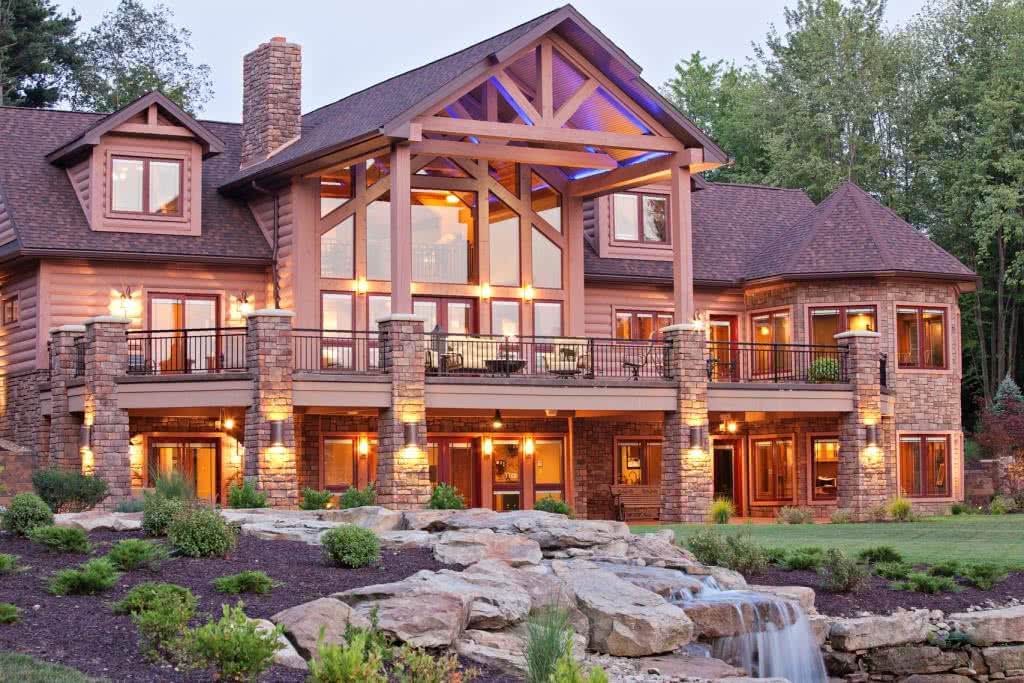
Updated July 2022.
When most people consider non-standard houses, flat roofs or homes with wooden cladding often come to mind. However, these aren’t the only types of non-standard home – in fact, the list of what is considered non-standard construction may surprise you!
Many people aren’t even aware their home is considered non-standard, which can present problems as specialist properties require customised insurance. That’s why we’ve created a list of what classifies properties as non-standard, to safeguard your house and help you choose the right insurance policy.
1. Occupancy
The way your house is occupied can affect whether the building is considered a non-standard home. For example, most people would consider a traditional brick and mortar house as a standard build, but if the house is primarily used as a holiday home it would then be considered a specialist property, and require customised holiday home insurance.
Likewise, if your home is vacant for over 40 days, even if it’s just while you’re on holidays, this would class the house as unoccupied which would require unoccupied house insurance.
2. Construction
Having a different or unusual construction, like a flat roof or wooden cladding, is what most think of when they consider non-standard homes. After all, these are built using different materials and techniques, and have vastly different appearances. The resulting structures cause these homes to have unique needs, such as how flat roofs need to be monitored more carefully for damage like ponding or leaks.
3. Materials Used
Materials used in the construction of your house can also affect your home’s classification. Many materials can be considered non-standard, including eco materials like grass, trees, mud, or even thatched roofs and log cabins. Budget homes made from pre-fabricated materials are considered non-standard as they don’t last as long as stone or brick properties. As a result, specialist non standard insurance is essential to protect your property if you built it with non-standard materials.
4. Uses
Using your home as a business space, or having a business attached, classifies it as non-standard because it raises unique considerations. For one, the increased number of visitors increases the potential for public liability claims and raises the risk of theft or damage occurring. However, what you might not realise is that using a spare room for office space, having clients over for a quick afternoon meeting, or running a child-minding service from home can also change your property’s classification.
5. Location
The location of your property can also classify it as a non-standard construction. After all, some areas are prone to natural disasters, such as flooding or earthquakes or they could be located in remote areas with limited access to support from police and fire stations, which can increase the risk of theft and damage. Some properties, like chalets, often combine both these factors, making specialist chalet insurance even more important.
5. Construction work
Building work carried out on your house can also categorise it as a non-standard property. This includes getting a new property built from scratch, having your existing home renovated, or even just adding on a conservatory as a side project. This work can invalidate your existing insurance policy and should be declared to your insurance provider as soon as possible, so they can advise you on how to acquire specialist cover.
We hope this helps you correctly classify your property! For more information on protecting your house, check out our previous posts or our range of customisable non-standard home insurance policies.